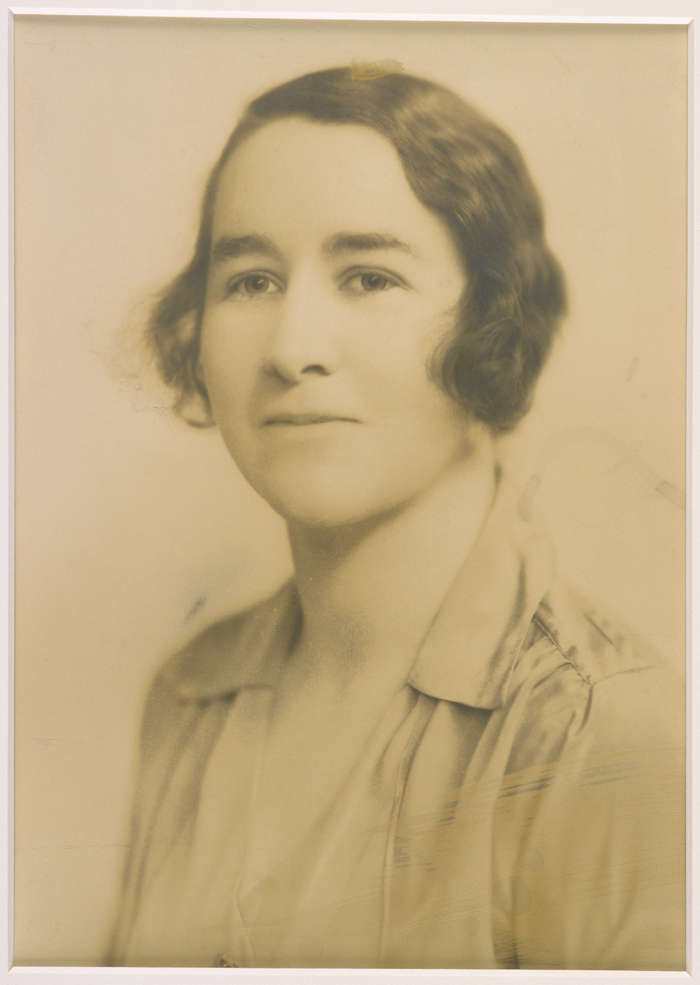Though it's Fools day today, Google Doodle honored the Australian doctor and Polio scientist Dame Jean Macnamara as it is her 121st birthday in addition to seven other doodles. This one was illustrated by Sydney-based artist Thomas Campi. Dr Macnamara's work in understanding various forms of paralysis like polio, contributed in developing polio vaccine in 1955.
This has come in the time of scientists struggling for coronavirus vaccine. Campi says that there was also a personal reason why he doodled the Polio Doctor. He saw his cousin suffer from Polio and felt much appreciation and gratitude to such scientists. Campi says:
I did a lot of research. First I read about Dame Macnamara—her life and her studies. I wanted to know not just who she was, but what she meant in the medical field. I then started to look for photographic references about her, but also that specific time, hospitals, medical equipment, clothing, hairstyle, and of course about people with polio. All these materials were an inspiration filtered through my final intention, which was giving hope to people and passion for research, with a hint of surrealism and Magritte-ish concept.
Who is Annie Jean Macnamara?

Annie Jean Macnamara, born in Beechworth of Australia on this day in 1899, as a teenager during the First World War wanted "to be of some use in the world."
After she graduated from medical school of Melbourne in 1925, polio epidemic struck the city. Macnamara then, started treating and researching on the virus responsible for Polio. In 1931, she found that there was more than one strain of the poliovirus, after collaborating with the future Nobel Prize winner Sir Macfarlane Burnet. This led to the development of a Polio vaccine after 25 years. She died from a cardiovascular disease at 69.
Macnamara contributed much to children suffering from diseases like Polio and hence was appointed Dame Commander of the Order of the British Empire (DBE) in 1935. Her research majorly helped in the introduction of 'myxomatosis' to control rabbit plagues.
To the question posed by Google, as to what message the doodler wanted people to take away from the doodle, he said:
There's always hope—at least that is how I see life. Without pain, there is no happiness. It's a difficult balance sometimes, but it's worth it. The best way to describe it is through a Japanese philosophical concept "wabi-sabi," which means "perfection is in the imperfection."










